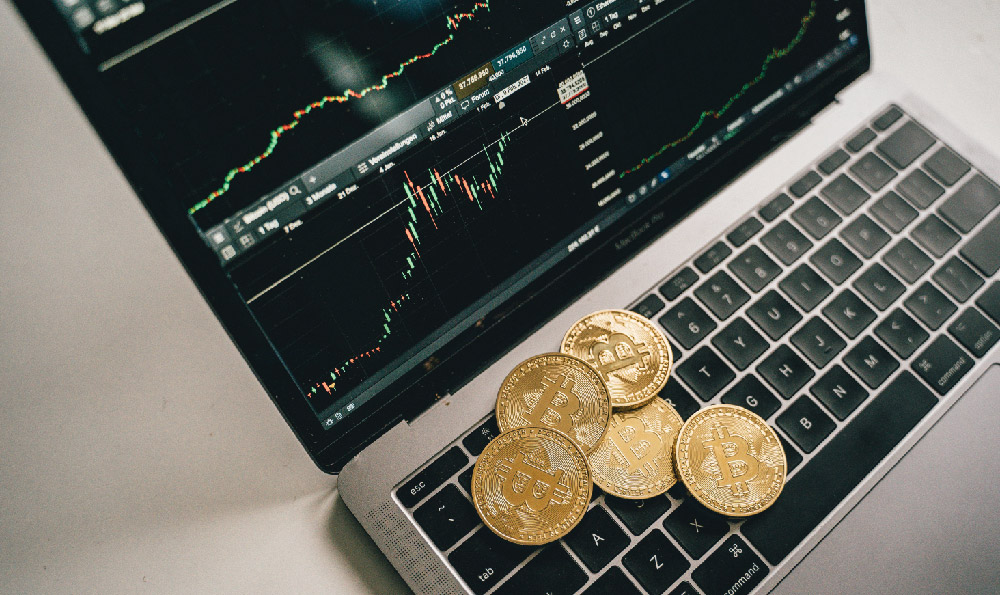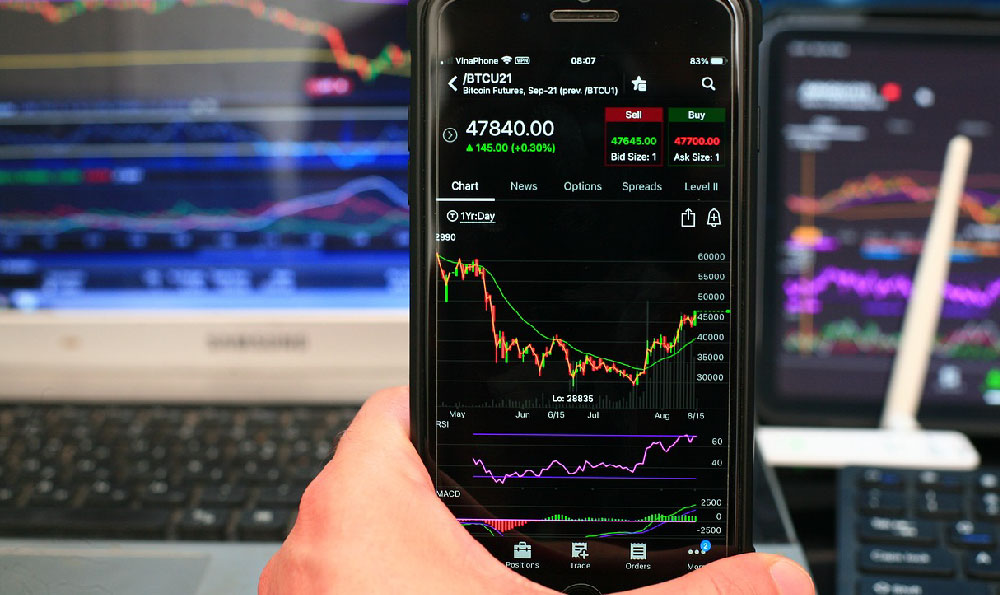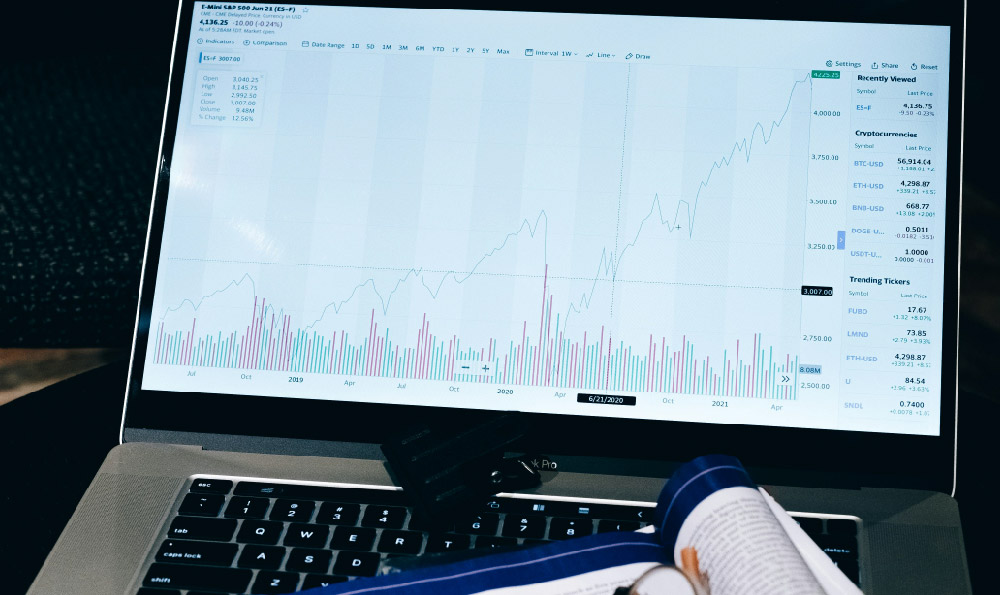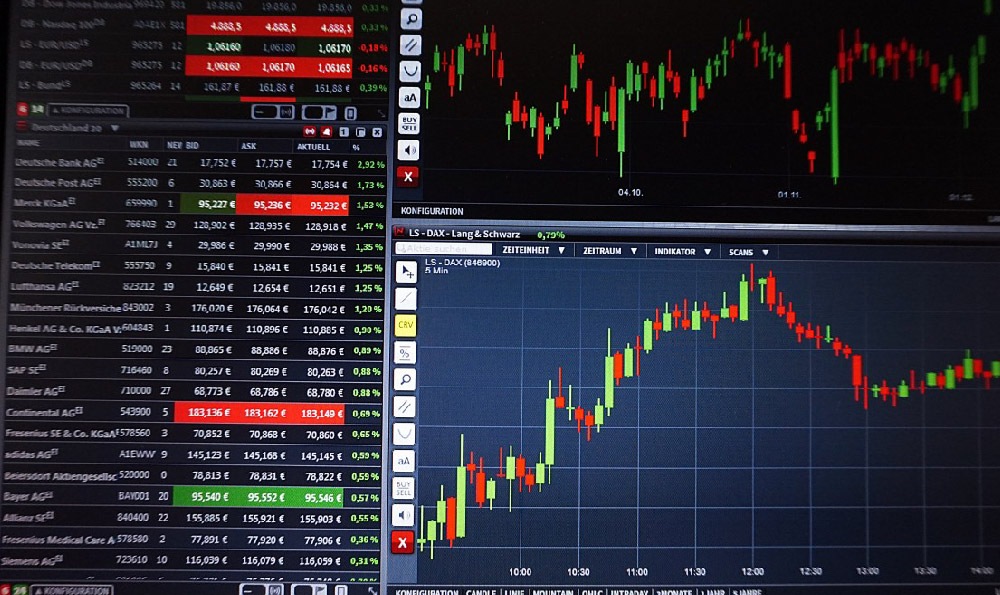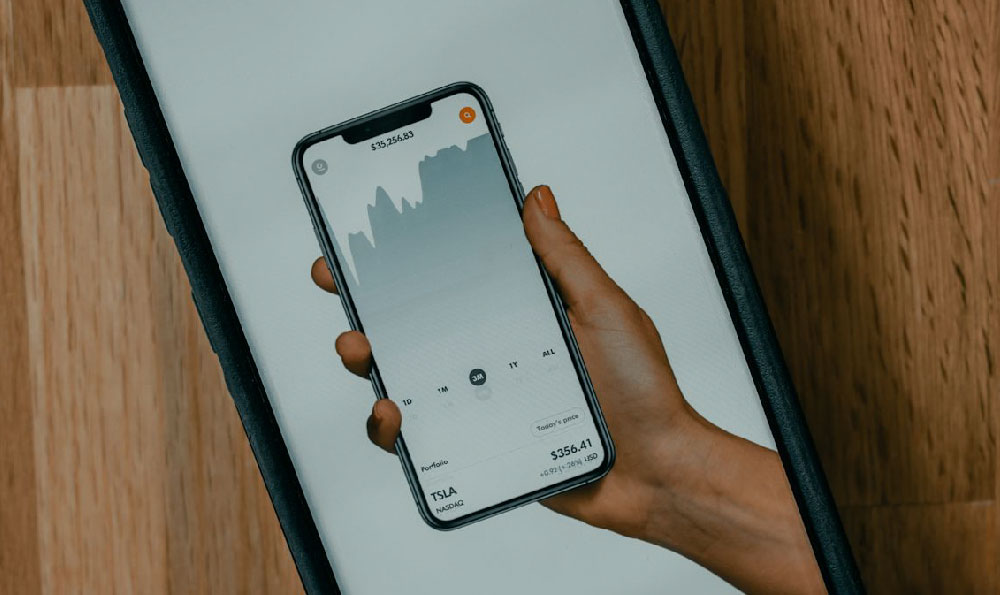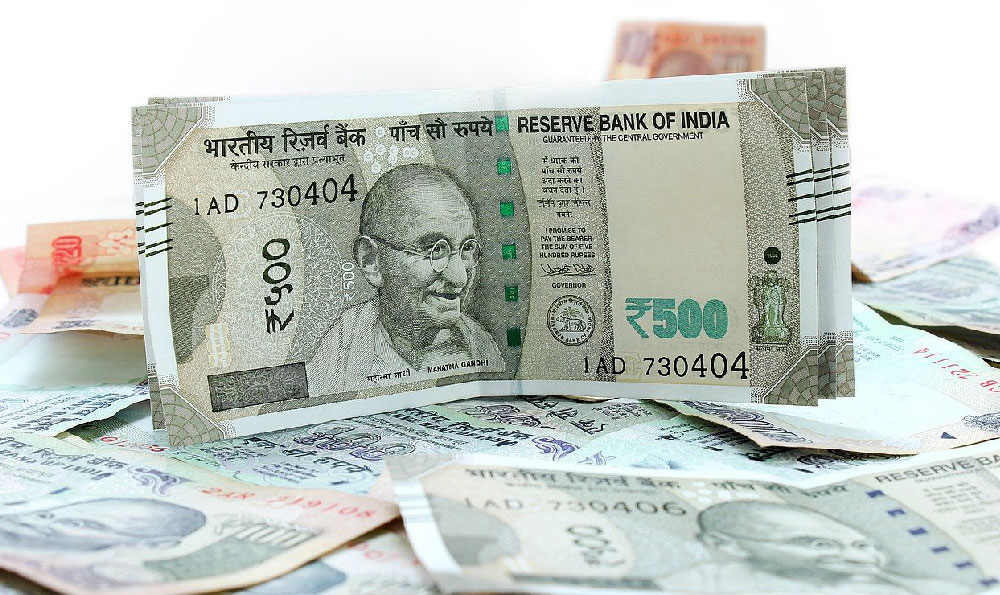Okay, I understand. Here's an article about how Uber drivers earn and their income sources, written with the goal of providing detailed and comprehensive information, avoiding excessive bullet points and numbered lists, and following the guidelines you've specified.
How Uber Drivers Generate Revenue: A Deep Dive into Earnings
The gig economy has reshaped the landscape of work, and Uber driving stands as a prominent example. While the flexibility and potential autonomy attract many, understanding the complexities of an Uber driver's income stream is crucial. It’s not simply about driving passengers from point A to point B; a range of factors influence how much an Uber driver can realistically earn.
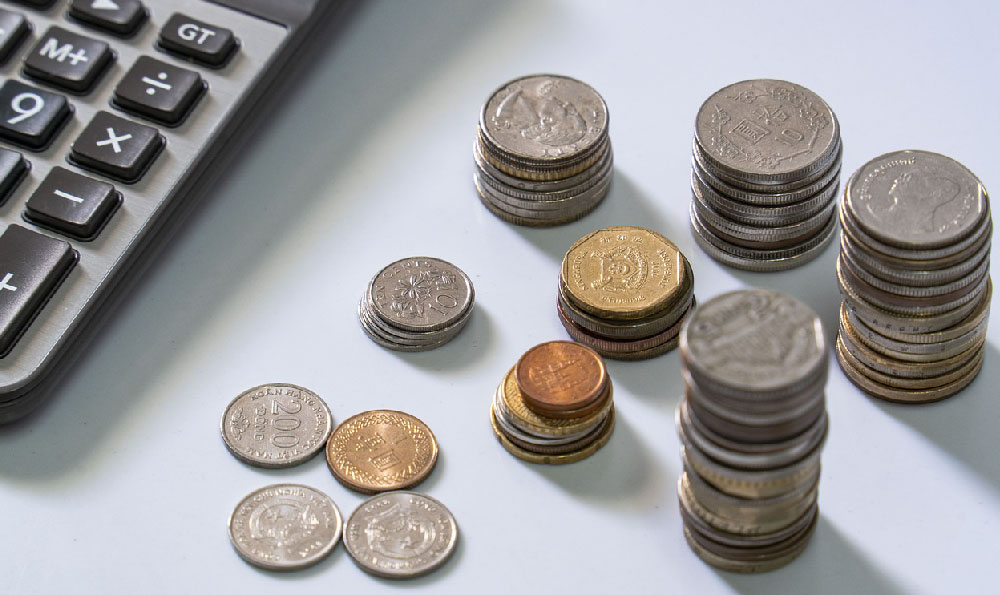
The most straightforward income source for an Uber driver is, of course, passenger fares. These fares are calculated based on a combination of factors: the base fare (a fixed amount charged at the start of the trip), the distance traveled (a per-mile rate), and the time spent in the car (a per-minute rate). Uber’s pricing algorithm adjusts these rates based on local market conditions, demand, and the type of service requested (e.g., UberX, UberXL, Uber Black). This dynamic pricing system, often referred to as "surge pricing," can significantly impact a driver's earning potential. During periods of high demand, such as rush hour, major events, or inclement weather, surge multipliers are applied to the base fare, potentially increasing earnings considerably. However, it's equally important to understand that demand fluctuates, and drivers may experience periods of low demand and, consequently, lower earnings.
Beyond standard fares, Uber offers a variety of incentives designed to attract and retain drivers and to ensure adequate coverage during peak times or in specific geographic areas. These incentives can take several forms. "Quest" promotions offer drivers bonus payouts for completing a certain number of trips within a defined timeframe. For example, a driver might receive a bonus of $100 for completing 50 trips over a weekend. "Boost" promotions, similar to surge pricing, provide increased earnings in designated zones during specific hours. Unlike surge, boost promotions are predetermined and typically involve a fixed multiplier applied to the base fare. Another common incentive is "referral bonuses," which reward drivers for recruiting new drivers to the platform. These referral bonuses can be substantial, providing a significant boost to a driver's income. Furthermore, Uber sometimes offers guaranteed earnings promotions, where drivers are promised a minimum hourly rate for working during specific periods. If a driver's actual earnings fall below the guaranteed amount, Uber will supplement their income to meet the guaranteed minimum.
However, it's crucial to understand that gross earnings are not equivalent to net income. Uber drivers are classified as independent contractors, meaning they are responsible for all of their operating expenses. These expenses can significantly impact a driver's take-home pay and include a wide range of costs. Fuel is a major expense, and its cost can fluctuate significantly based on market conditions and driving habits. Vehicle maintenance and repairs, including oil changes, tire replacements, and unexpected repairs, are also considerable expenses. Depreciation, the gradual decline in the value of the vehicle due to wear and tear, represents a hidden but significant cost. Insurance is another mandatory expense. While Uber provides some insurance coverage while a driver is actively engaged in a trip, drivers are typically required to maintain their own personal auto insurance policy. Depending on their location and driving activity, they may also need to purchase supplemental rideshare insurance to cover periods when they are logged into the Uber app but not actively transporting passengers.
Furthermore, drivers must account for other indirect expenses. These include costs associated with cleaning their vehicle, providing amenities such as bottled water or phone chargers for passengers (to potentially increase tips), and professional services like accounting or tax preparation (given the complexities of self-employment). Time spent waiting for ride requests also represents lost earning potential and should be considered when calculating overall profitability.
The percentage that Uber takes from each fare also impacts a driver's earnings. This percentage, often referred to as the "Uber fee," varies depending on several factors, including the market, the type of service, and any promotional agreements in place. Understanding this fee structure is critical for drivers to accurately assess their profitability.
Tips can also contribute significantly to a driver's income. While tipping was not initially part of the Uber experience, the company has since implemented in-app tipping, making it easier for passengers to reward good service. Drivers who provide excellent customer service, maintain a clean and comfortable vehicle, and navigate efficiently are more likely to receive generous tips.
Finally, strategic decision-making plays a crucial role in maximizing earnings. Drivers who understand local market dynamics, track demand patterns, and adapt their driving strategies accordingly can significantly increase their income. This might involve focusing on specific neighborhoods or times of day, accepting only certain types of ride requests, or strategically positioning themselves to take advantage of surge pricing. Building a positive reputation with passengers, resulting in higher ratings and repeat requests, can also contribute to long-term earning potential. In essence, success as an Uber driver requires a combination of hard work, smart planning, and a keen understanding of the platform's intricacies.


